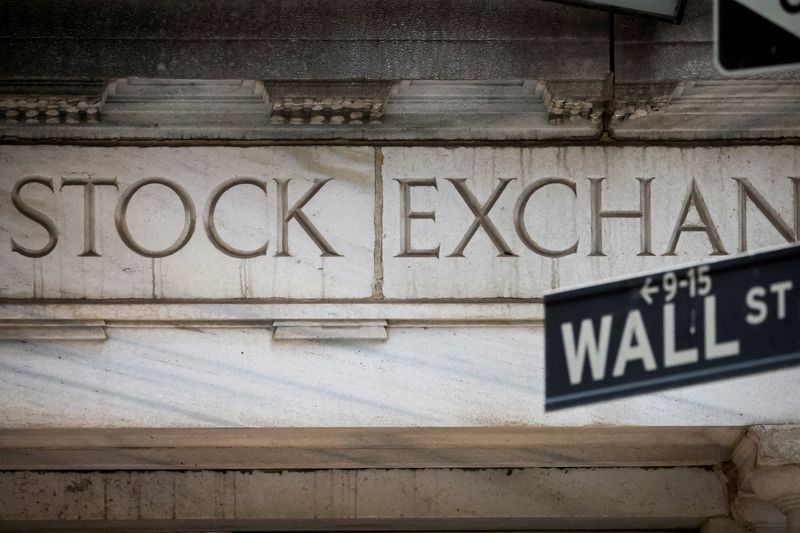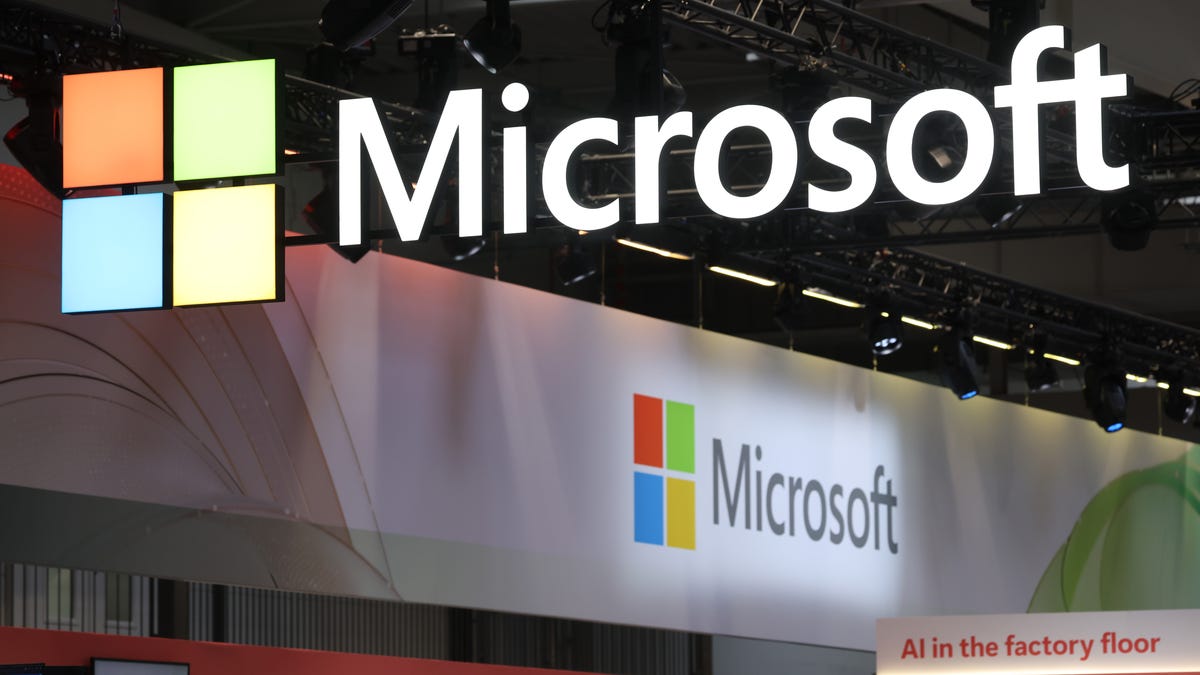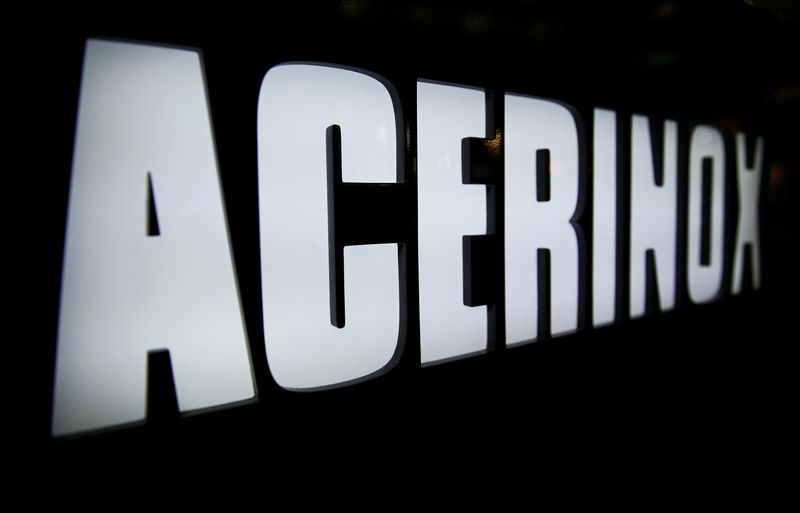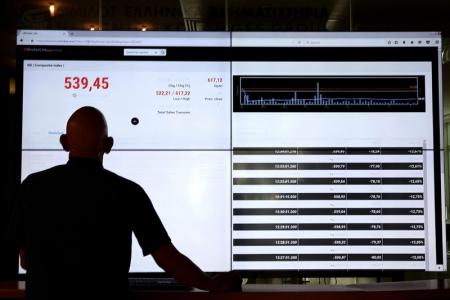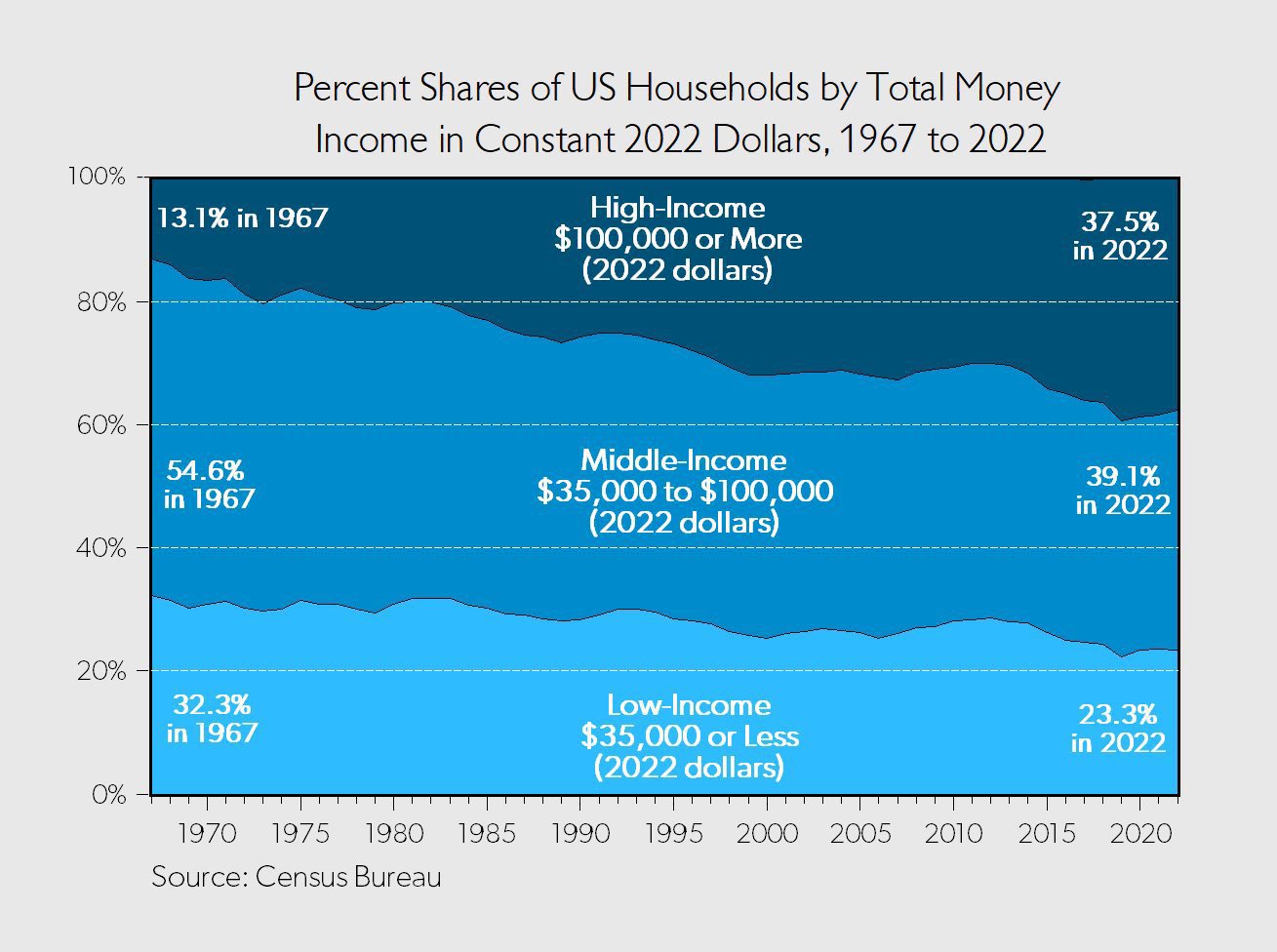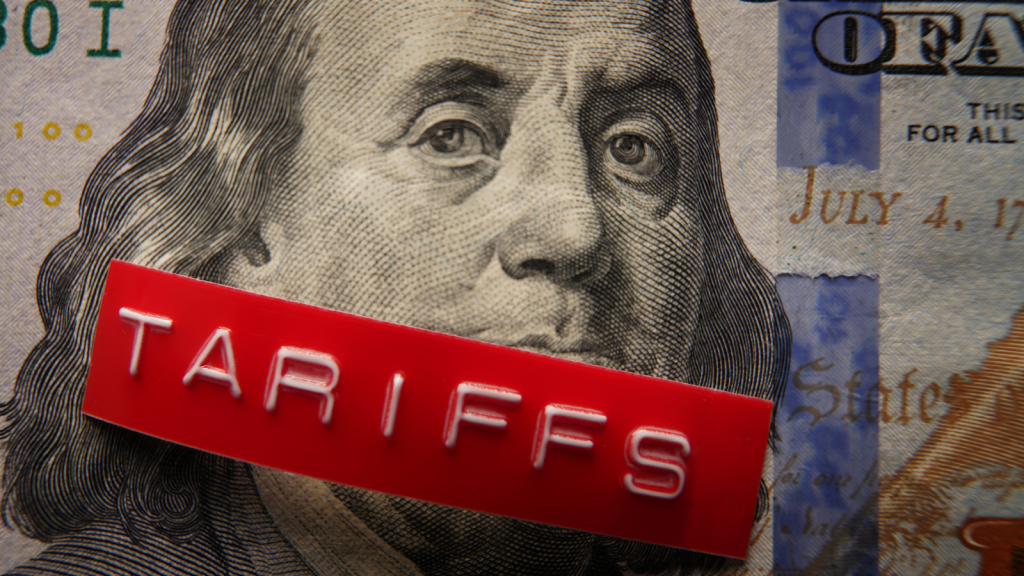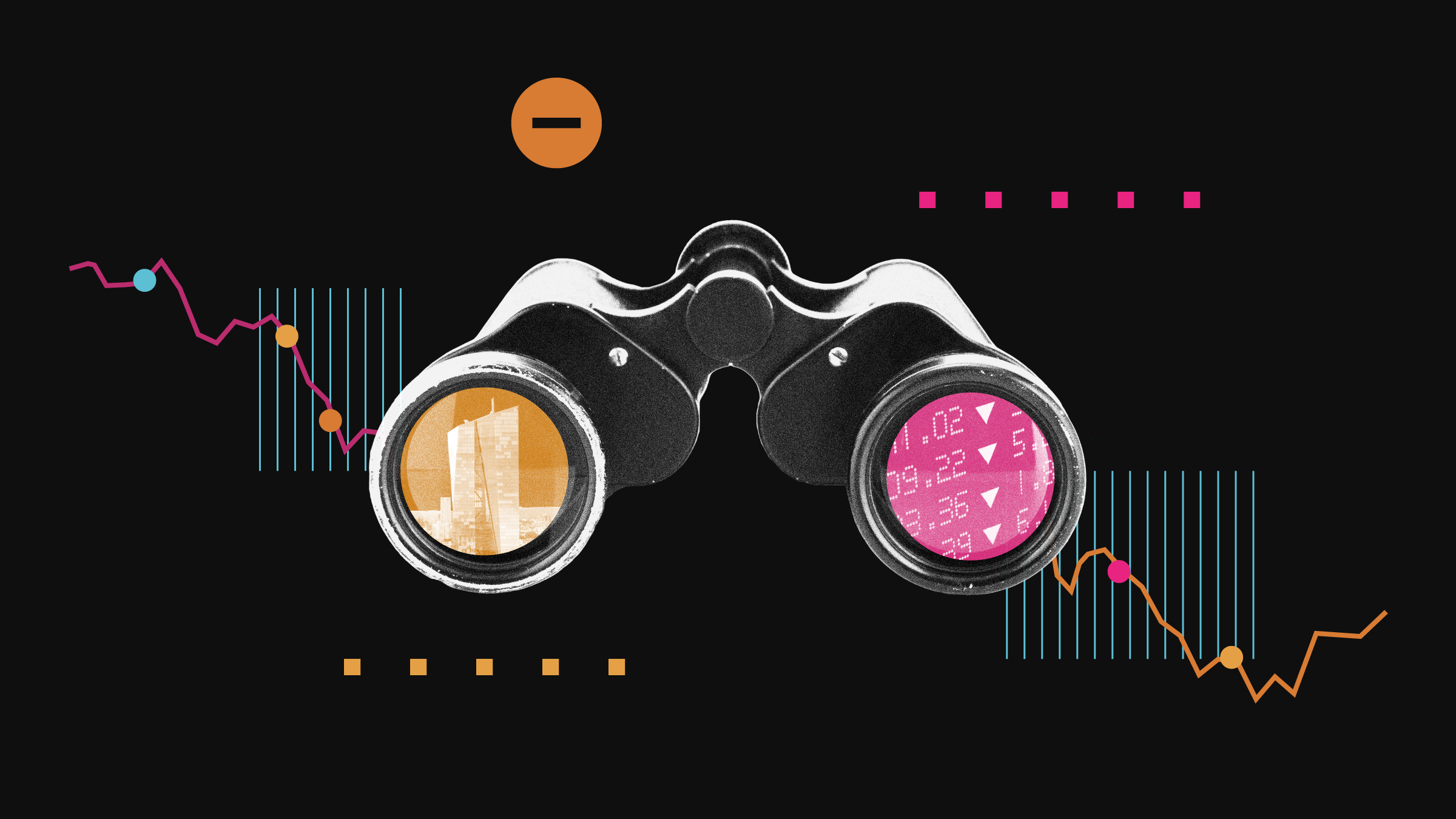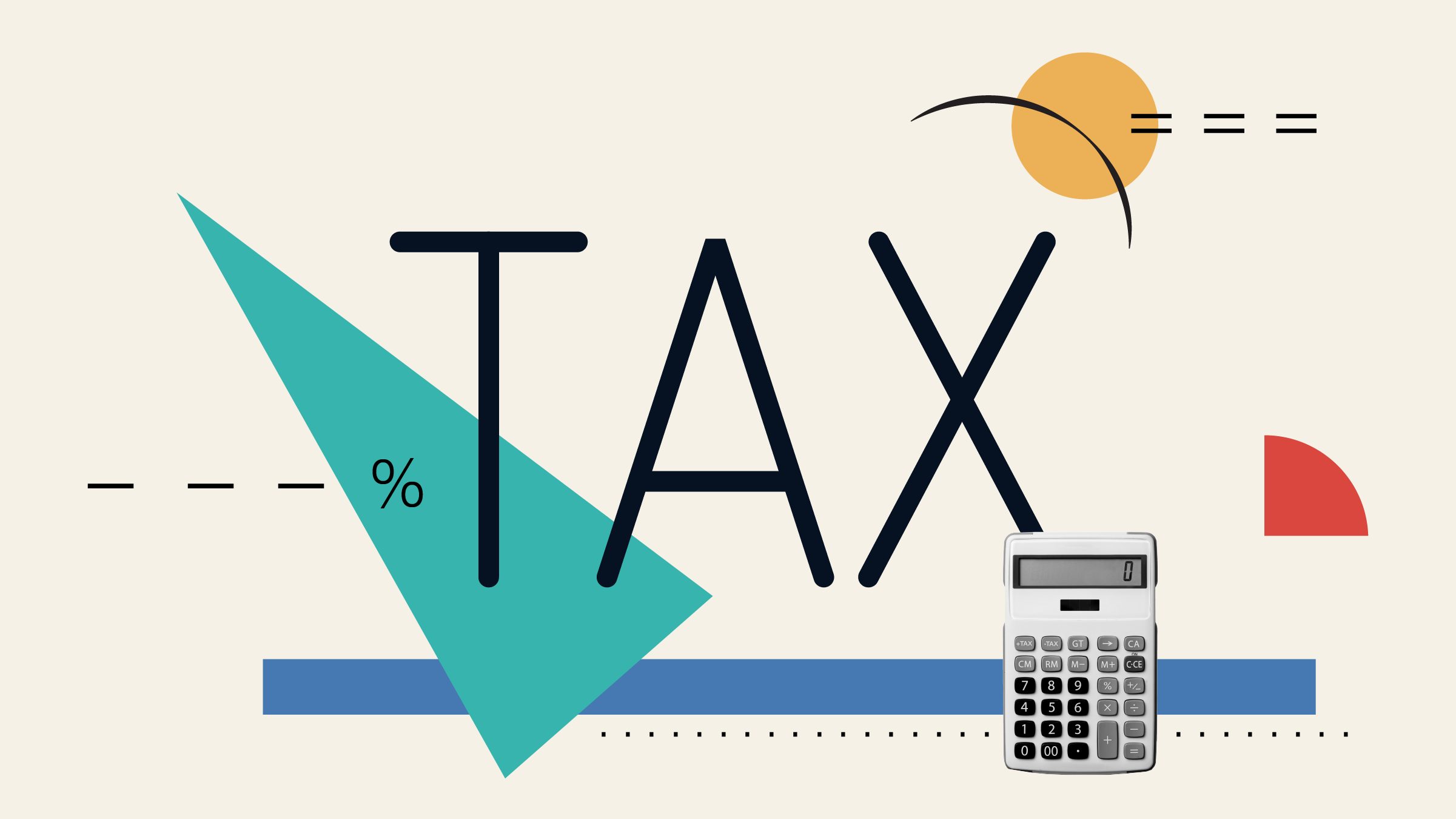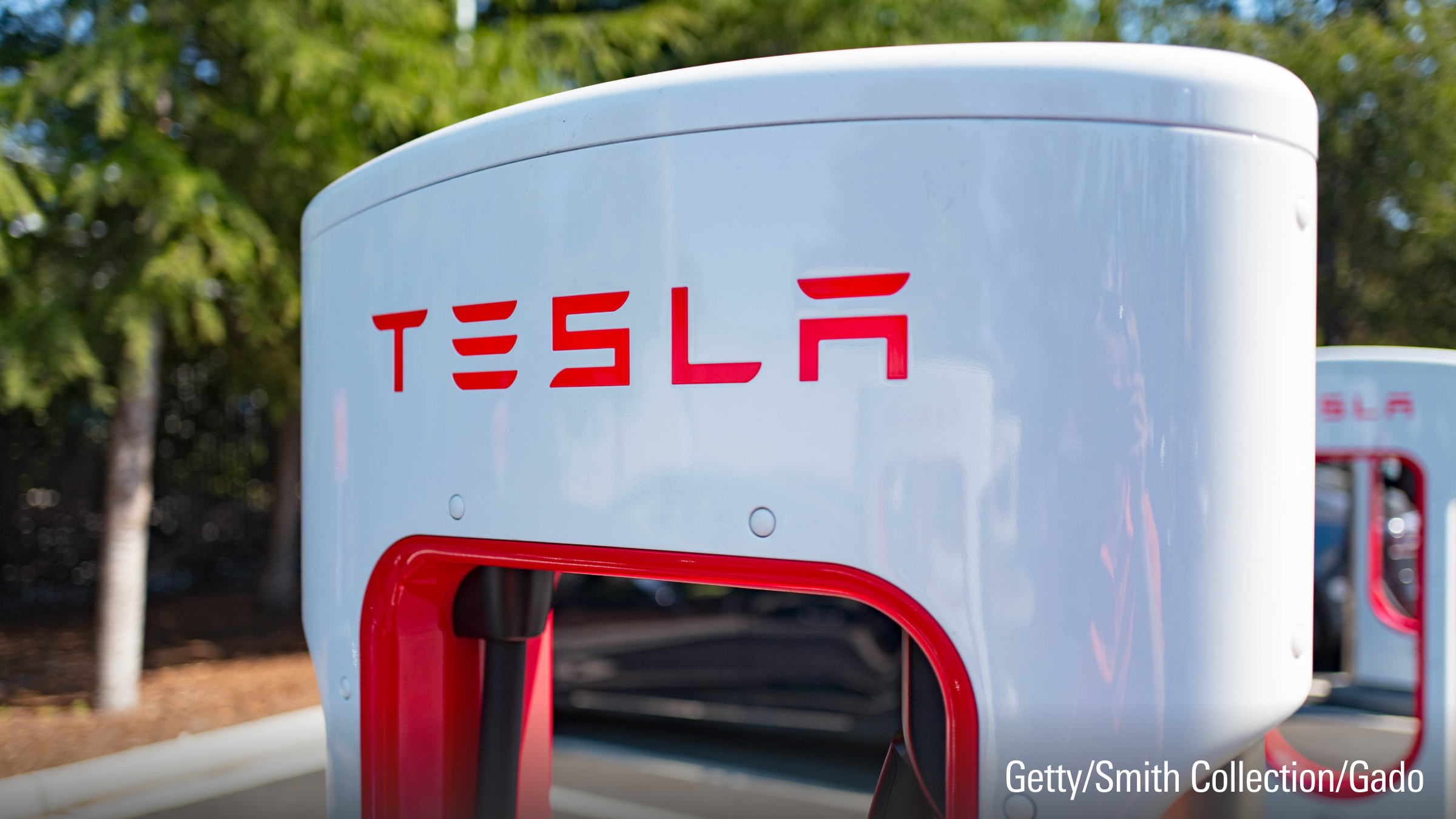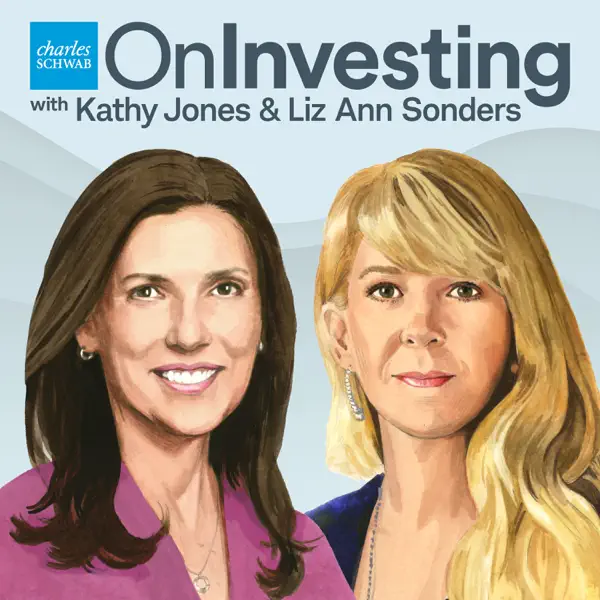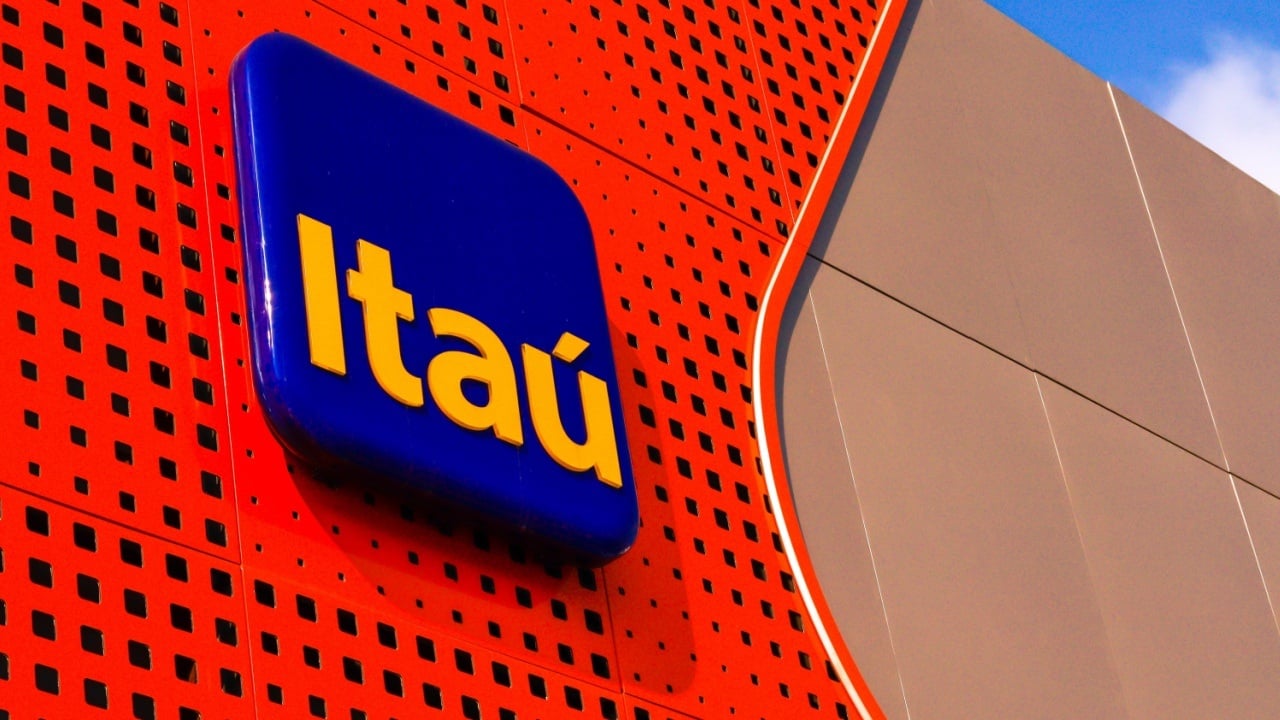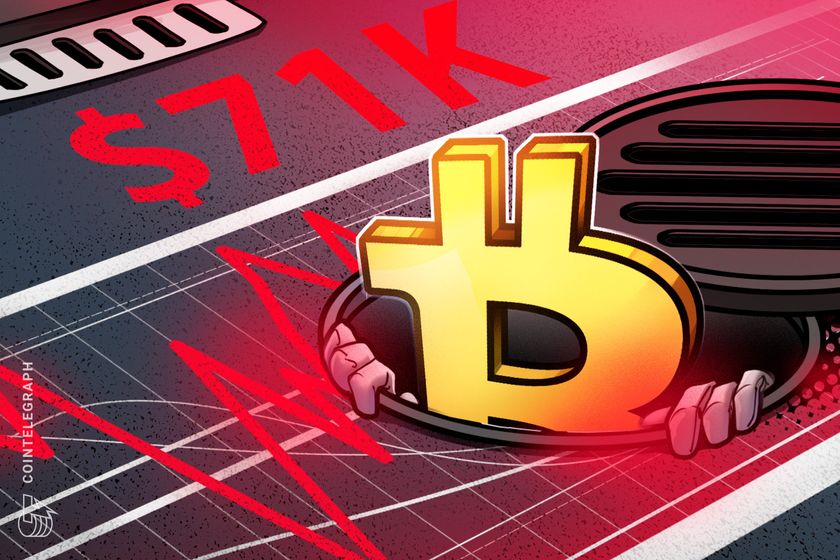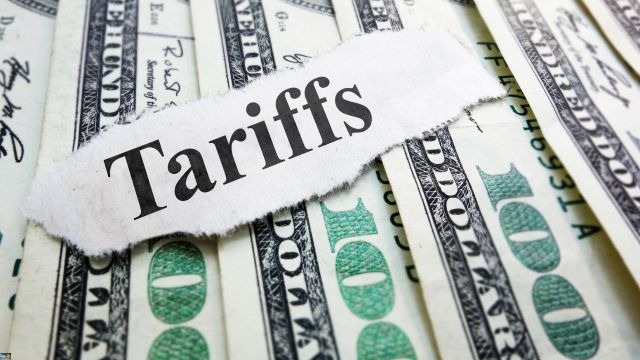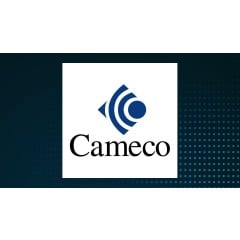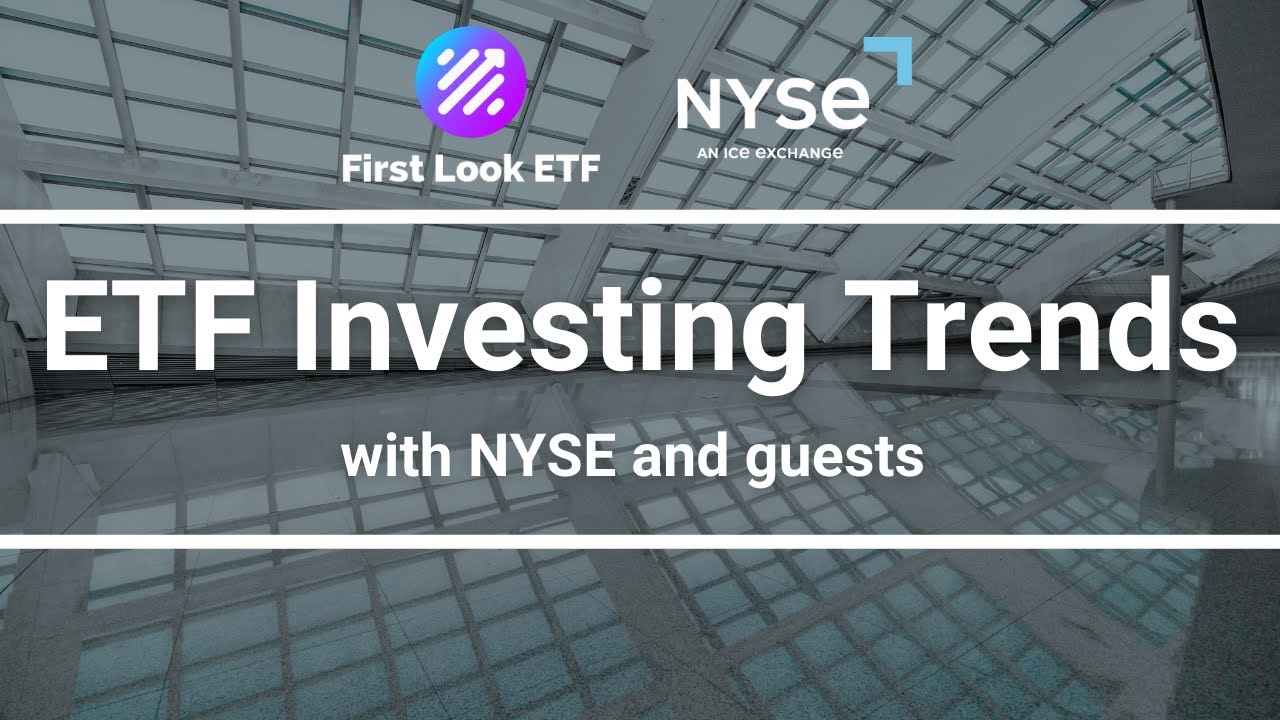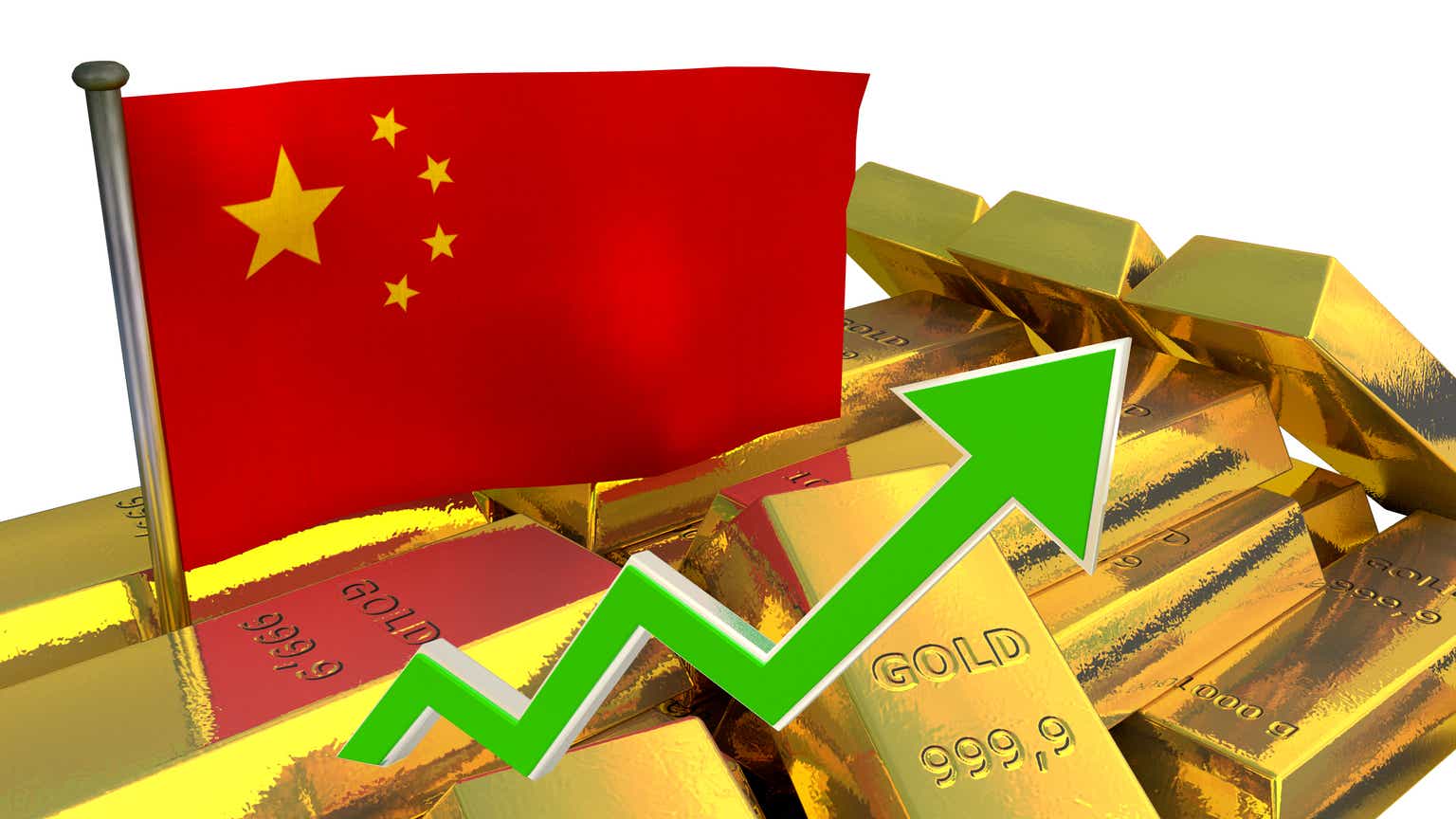Which Technology ETF is Best: QQQ vs. XLK
Technology is among the most important sectors of the U.S. economy, and there’s no need to be a tech-sector stock picker when you can buy an exchange traded fund (ETF). An obvious and well-known choice among technology-focused ETFs is the Invesco QQQ Trust (NASDAQ:QQQ), which I will refer to as QQQ. However, the QQQ ETF […] The post Which Technology ETF is Best: QQQ vs. XLK appeared first on 24/7 Wall St..

Key Points
-
The Invesco QQQ Trust provides exposure to a greater number of established technology firms.
-
The Technology Select Sector SPDR Fund (XLK) offers lower management fees and a higher dividend yield.
-
Are you ahead, or behind on retirement? SmartAsset’s free tool can match you with a financial advisor in minutes to help you answer that today. Each advisor has been carefully vetted, and must act in your best interests. Don’t waste another minute; get started by clicking here. (Sponsor)
Technology is among the most important sectors of the U.S. economy, and there’s no need to be a tech-sector stock picker when you can buy an exchange traded fund (ETF). An obvious and well-known choice among technology-focused ETFs is the Invesco QQQ Trust (NASDAQ:QQQ), which I will refer to as QQQ.
However, the QQQ ETF isn’t the only contender in this field. There’s also the Technology Select Sector SPDR Fund (NYSEARCA:XLK), which I will refer to as XLK. It’s a somewhat similar fund to QQQ, but XLK has noteworthy differences. So, now’s a great time to compare these two tech ETFs and determine which one is the best for your investment objectives.
A Pair of Old Tech Funds
Sure, there are plenty of new ETFs covering various swaths of the technology space. However, it’s comforting to know that QQQ and XLK are established with decades-long track records. In fact, QQQ has been around since 1999 and XLK’s inception dates back to 1998.
While they are both tech-sector ETFs that have been around since the late 1990s, QQQ and XLK aren’t identical. A key difference is that QQQ tracks the Nasdaq 100 stock index and has 101 (not 100) holdings, whereas XLK tracks the Technology Select Sector Index and has 69 holdings.
Granted, the two funds’ top holdings by weighting are quite similar. In both ETFs, you’ll find technology stock must-haves like Apple (NASDAQ:AAPL), Microsoft (NASDAQ:MSFT), NVIDIA (NASDAQ:NVDA), and Broadcom (NASDAQ:AVGO) among their top holdings.
On the other hand, as of April 2, 2025, XLK’s holdings did not include Alphabet (NASDAQ:GOOGL, NASDAQ:GOOG), Amazon (NASDAQ:AMZN), or Meta Platforms (NASDAQ:META). QQQ does provide exposure to these famous technology companies, so if that’s important to you, then you can either choose QQQ or you can buy XLK and then purchase a few shares of GOOGL/GOOG, AMZN, and META.
Key Advantages of QQQ
Already, we’re starting to detect key advantages of QQQ over XLK. Since QQQ includes 101 stocks versus only 69 for XLK, it’s reasonable to conclude that QQQ is more diversified.
Plus, XLK may omit some well-known technology stocks that you might consider essential. If so, then it will probably be easier to just choose QQQ. Otherwise, you could end up buying XLK and then trying to figure out how many shares of various individual tech stocks to buy.
Furthermore, in terms of liquidity as measured by trading volume, there’s a clear winner here. Invesco boasts that QQQ is the “2nd-most traded ETF in the US, based on average daily volume traded, as of December 31, 2024.” Ironically enough, the most traded ETF happens to be the SPDR S&P 500 ETF (NYSEARCA:SPY), which is managed by XLK’s owner, SPDR.
In any case, there’s no doubt that QQQ is the winner when it comes to trading liquidity. As of April 2, 2025, the average daily trading volume for QQQ was around 37.5 million shares, while for XLK it was roughly 4.9 million shares.
Don’t get the wrong idea. Generally speaking, lack of trading liquidity won’t be a problem for either one of these funds. Still, the much greater trading volume indicates that QQQ is a more established and recognized asset than XLK.
XLK Could Be a Winner, Too
All of that being said, XLK could also be a winner if you have certain priorities. First of all, XLK has a lower expense ratio, which is the annualized fee that the management collects from the shareholders.
QQQ’s expense ratio is 0.2%, which isn’t outrageously high among ETFs. However, XLK’s expense ratio, at just 0.08%, is less than half of that.
If you hold on to an ETF year after year, the management fees can add up. Therefore, if low fees are a top priority for you, then you may decide that XLK is the better choice.
Plus, if you’re a passive income collector, then there’s a specific reason to choose XLK. While QQQ’s annual dividend yield is 0.54%, XLK’s yield is 0.73%.
Again, these little differences can add up when you’re holding a fund for many years. If dividend yield is your chief consideration, then XLK currently beats QQQ in that regard.
Finally, depending on the time frame, XLK might have an edge over QQQ in terms of past performance. During the past five years, not including dividend distributions, QQQ has delivered returns of around 159%.
In that same time frame, XLK has delivered returns of approximately 172%.
All in all, picking a winner depends on your main focus. If broader diversification and trading volume are extremely important to you, then QQQ is a solid pick. Yet, when ultra-low management fees and bigger dividend payouts are the top priorities, XLK comes out on top.
The post Which Technology ETF is Best: QQQ vs. XLK appeared first on 24/7 Wall St..





